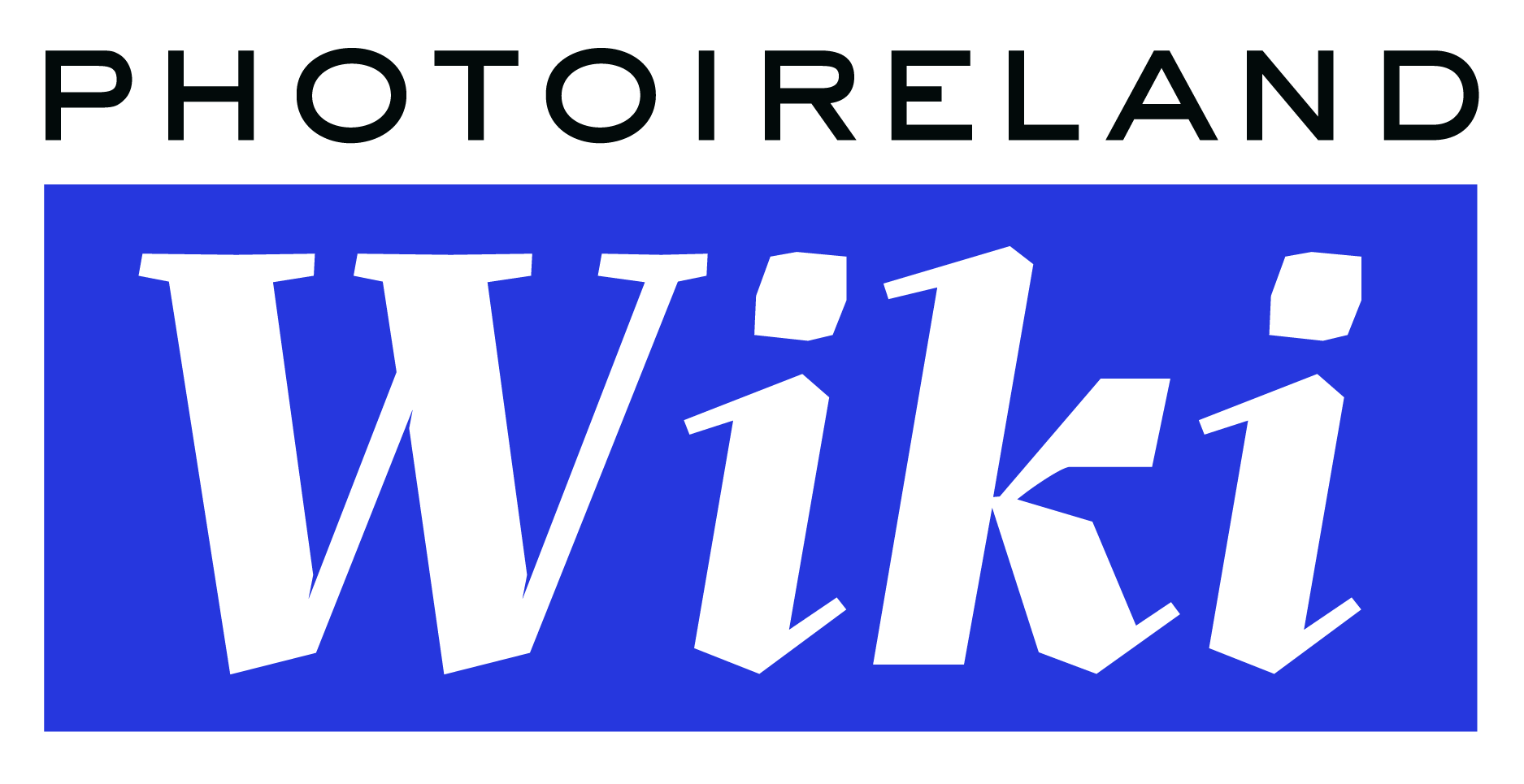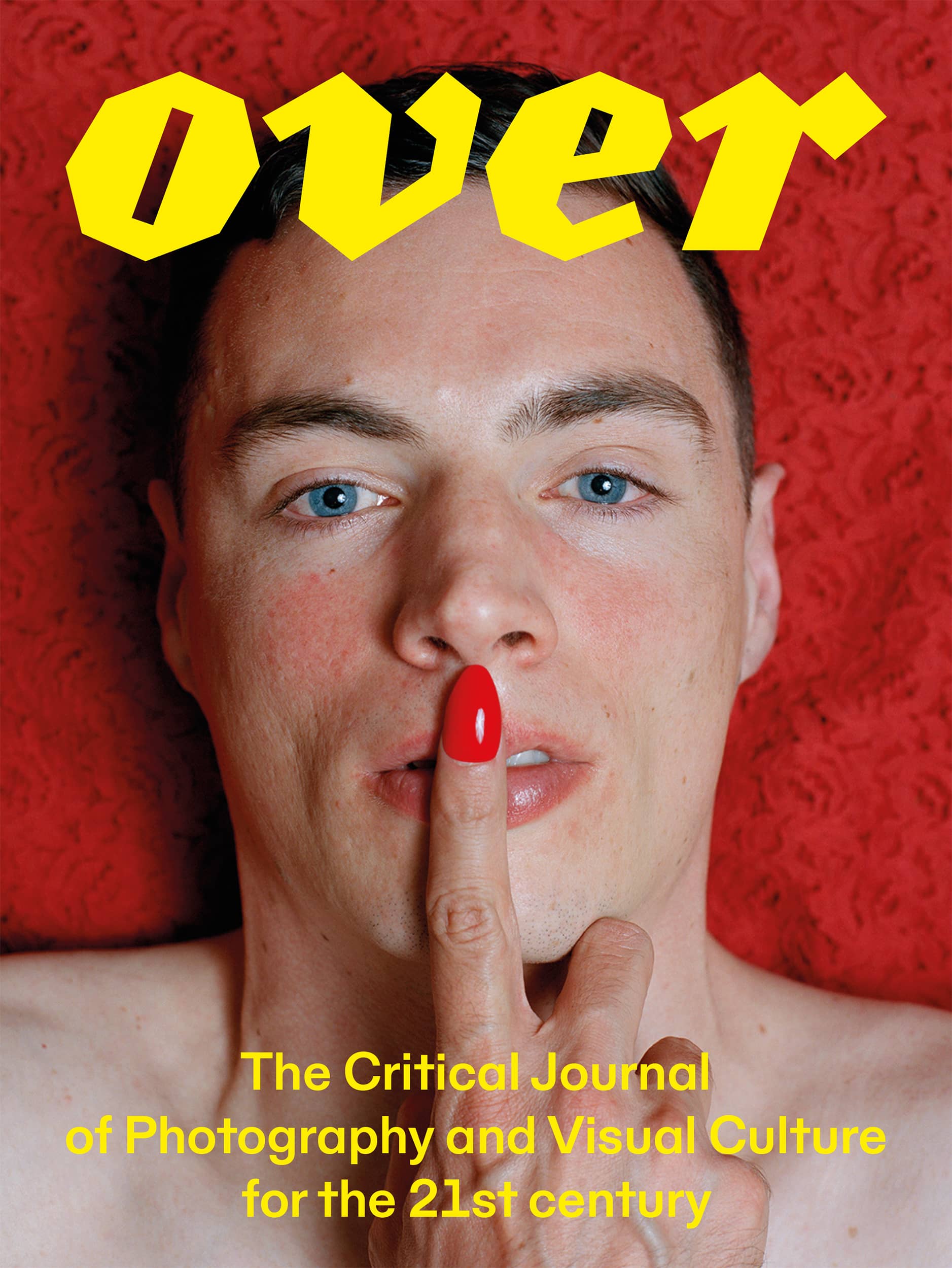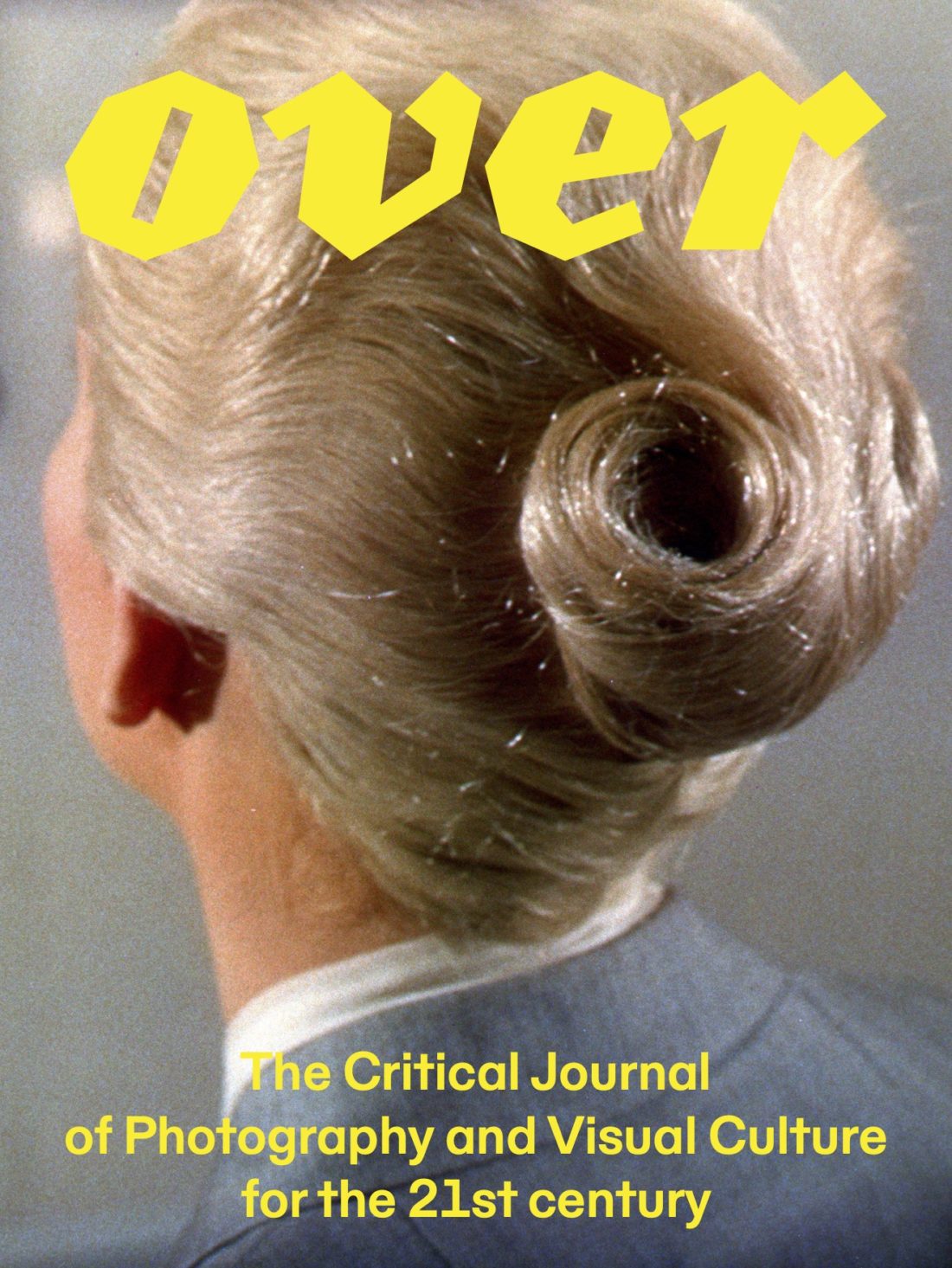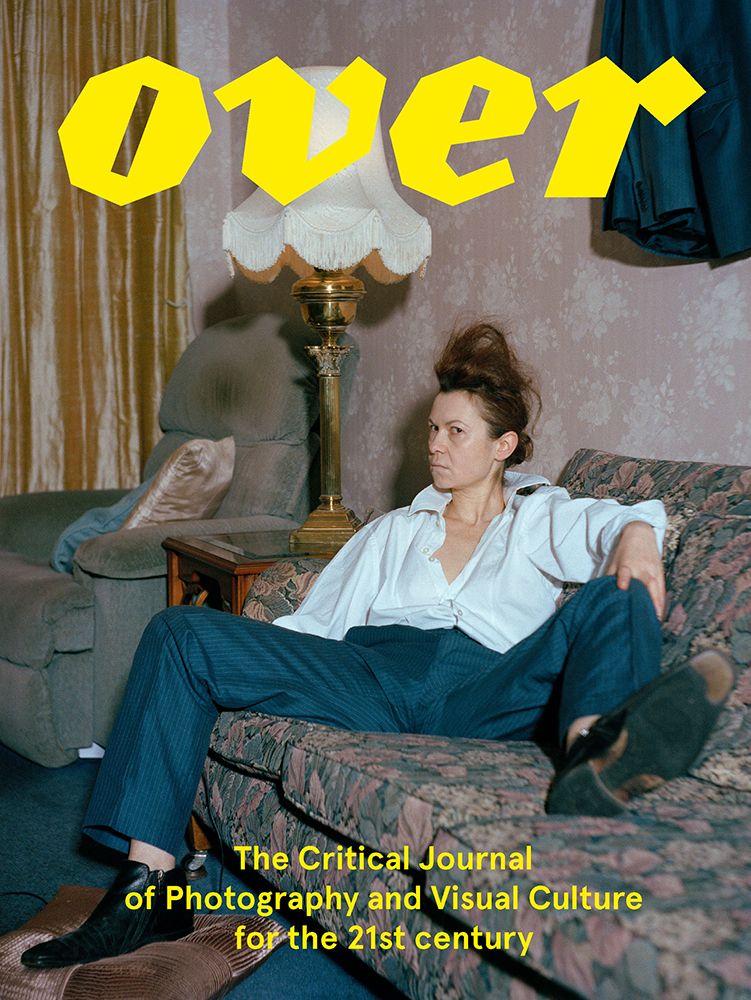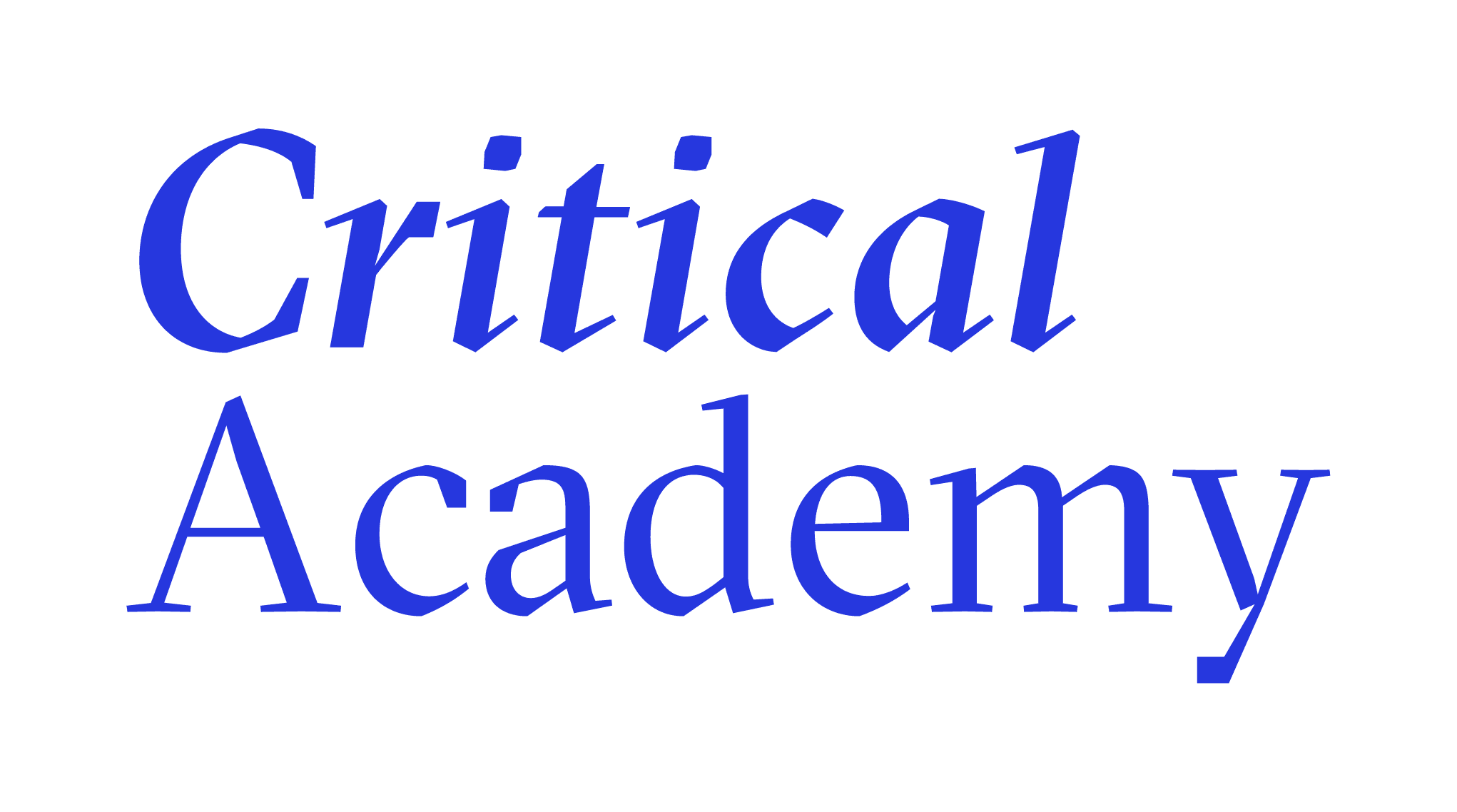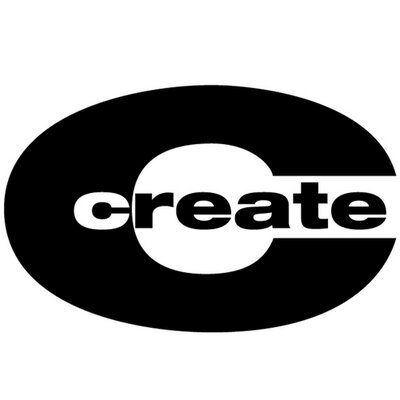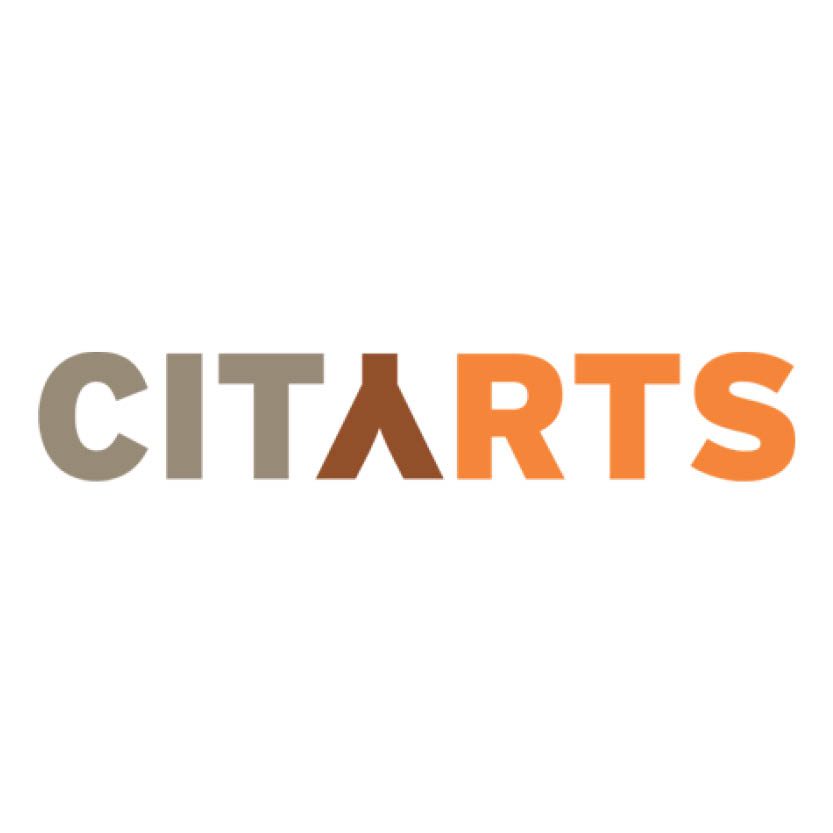
This page is under construction. If you wish to add information to it, read the instructions here.

City Arts Centre logo from 2009 site 1
Founded 1973
Closure 2012
Location Mary Street, (1973-) North Great Georges Street, North Frederick Street, Moss Street, Bachelor’s Walk (2010-2012)
Previous names Grapevine Arts Centre, City Arts Centre
City Arts Centre (CityArts) was a community arts organisation in central Dublin founded in 1973 and liquidated in 2012.
Originally named, Grapevine Arts Centre and later City Arts Centre, it occupied a number of premises in the centre of Dublin, beginning at Mary Street and then North Great Georges Street, North Frederick Street, Moss Street and purchasing a location at Bachelor’s Walk in 2010.
History
It started as Grapevine on December 1, 1973, set up by three Dublin teenagers, one of them Sandy Fitzgerald, as a support network for contemporary arts. The three main initiators of the project were Jackie Aherne, Anto Fahy and Sandy Fitzgerald. First operating from the bedrooms of its founders on Dublin’s northside, it progressed to a building on Mary Street in 1974. Grapevine became known for its street-theatre programme, directed by Thom McGinty (later known as The Diceman); for the holistic haircutting and clowning of Raymond Keane (later a founder of Barabbas Theatre company); and for an exhibition of drawings by child survivors of Hiroshima organised in association with a young U2.2
The relationship with U2 continued into the centre’s next phase when, in 1988, there was a name change from Grapevine Arts Centre to City Arts Centre when the organisation occupied a warehouse building on Moss Street near Tara Street Station, then the largest centre of its kind in Ireland. U2 provided fully equipped rehearsal spaces for young bands in the basement. Over this was a cafe and theatre space initially run by Declan Gorman and above that a gallery space initially run by Tommy Weir. Sandy Fitzgerald continued as Director through to 2000. City Arts did not receive Arts Council funding in 2001.
Declan McGonagle was then hired as director and under his leadership the Centre began a process of cessation, starting with the closure of the Centre for 2 years with all staff made redundant and all activities stopped. McGonagle launched a ‘Civil Arts Inquiry’. Under McGonagle the Centre’s building and property on Moss St in central Dublin was sold in 2003 for more than €4.2 million, making it the richest arts organisation in Ireland at the time.
After the sale, the City Arts Centre spent the next few years in a basement office and in 2007 bought a smaller building on Bachelor’s Walk. However, it needed repairs and only reopened in 2010 (as CityArts). At this time the organisation had spent nearly all of its savings between operational costs, archiving, the ‘Civil Arts Inquiry’, redundancy packages, and the new building with its renovations. In 2012 CityArts voluntarily liquidated, with the new building becoming the property of the Dublin City Council. After 18 years of inactivity the old Moss St. building it went up for sale in April 2021 for €35 million. 3
Exhibitions
Selected events
- 2011, Collaborative Change Symposium, co-organized by PhotoIreland and GradCAM4
- https://web.archive.org/web/20070630225630/http://www.cityarts.ie/home.asp
- https://www.thetimes.co.uk/article/so-how-did-cityarts-millions-go-up-in-smoke-bgnj7rsk3vs
- https://www.irishtimes.com/business/commercial-property/former-city-arts-centre-hits-the-market-at-35m-1.4541371
- http://2011.photoireland.org/program/symposium/
